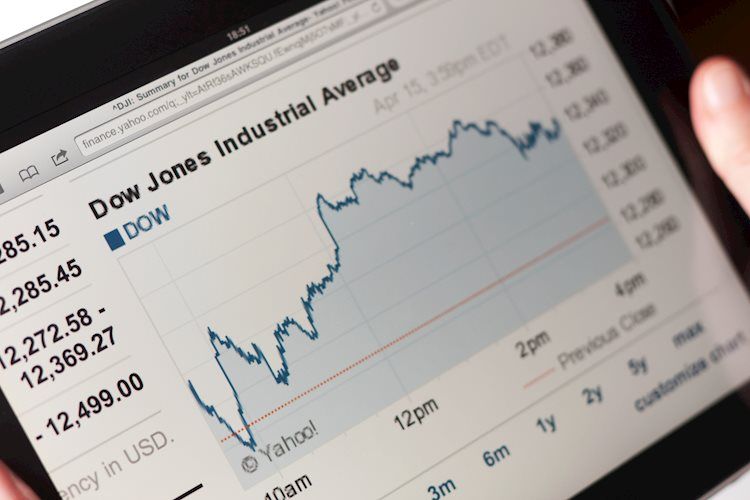The Dow Jones Industrial Average is hovering just below the 41,000 mark, as the market anticipates the annual Jackson Hole Economic Summit set to start on Thursday. Investors are closely watching for possible signs of rate cuts from the Federal Reserve (Fed), with bets on a 100 bps rate trim on September 18.
Following a downward revision of over 800,000 jobs in the March Nonfarm Payroll (NFP) figures, rate markets have increased their bets on a double rate cut in September. The Fed’s latest Meeting Minutes suggest that policymakers have been discussing rate cuts as early as July due to softening labor conditions and concerns about inflation.
Despite trading in middle range, most of the Dow Jones components are seeing gains, with only a few declining during Wednesday’s market session. American Express Co. is down, while 3M Co. has posted gains. Dow Jones is expected to see a spinning top candlestick pattern on Wednesday after a strong week of gains.
The Dow Jones Industrial Average, consisting of 30 of the most traded stocks in the US, is price-weighted and calculated by summing the prices of the constituent stocks. Factors such as quarterly earnings reports of the component companies, macroeconomic data, interest rates set by the Fed, and inflation can drive the DJIA. Trading the DJIA can be done through ETFs, futures contracts, options, and mutual funds.
Dow Theory, developed by Charles Dow, is used to identify the primary trend of the stock market by comparing the direction of the DJIA and the Dow Jones Transportation Average (DJTA). The theory posits three trend phases: accumulation, public participation, and distribution. Traders can use ETFs like the SPDR Dow Jones Industrial Average ETF, futures contracts, options, and mutual funds to gain exposure to the DJIA.











